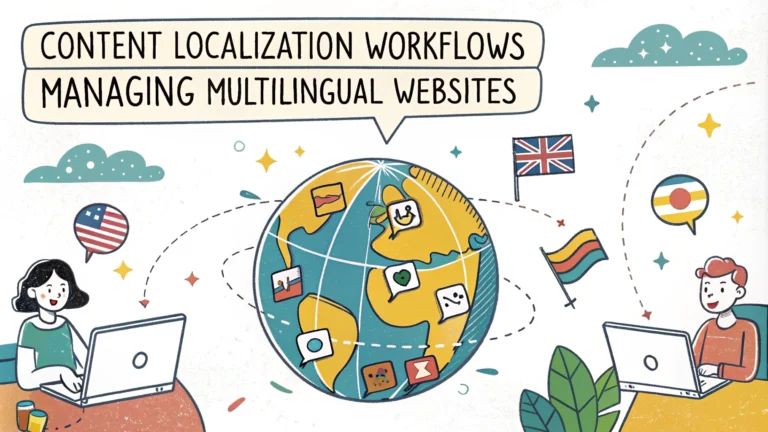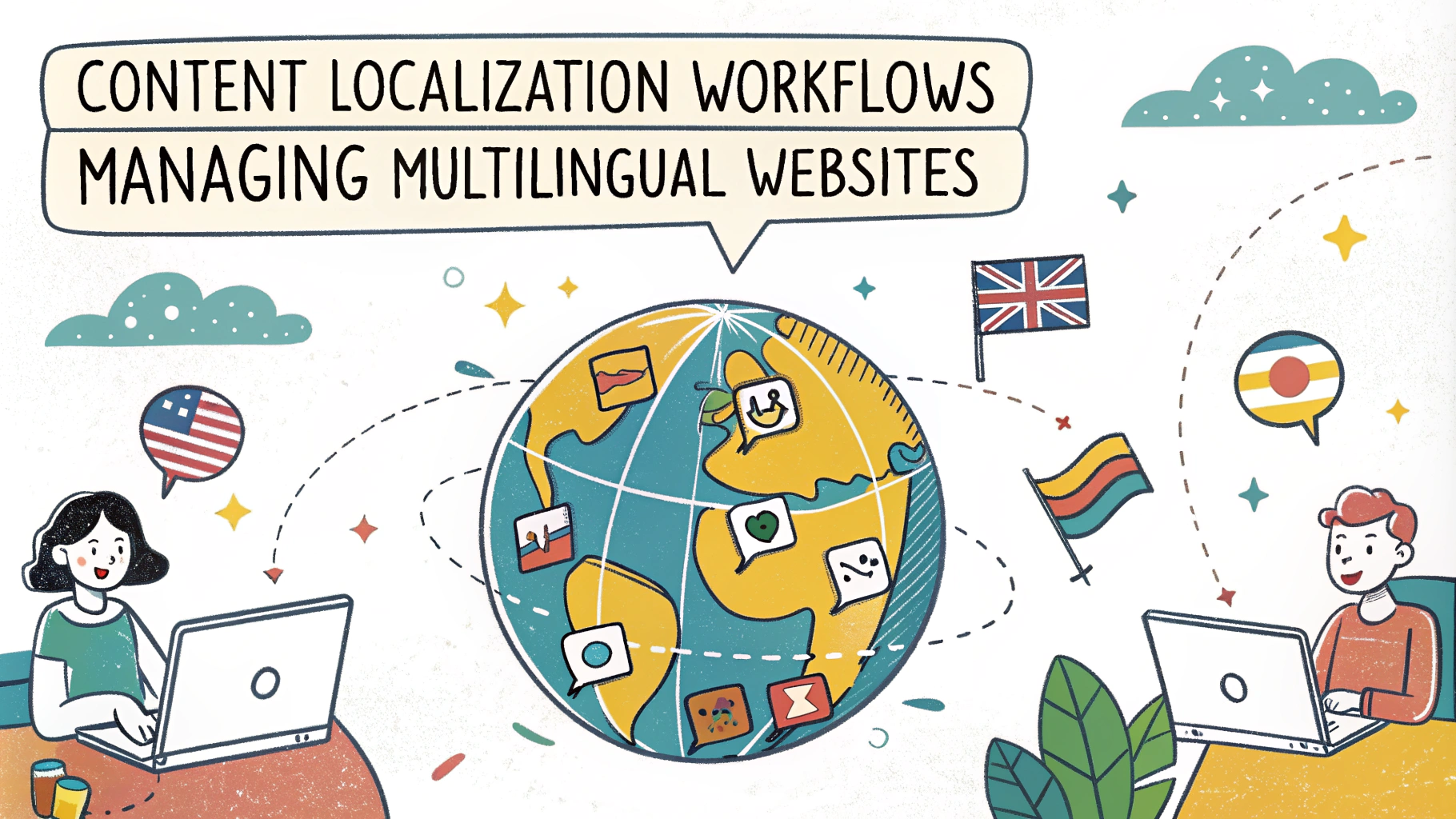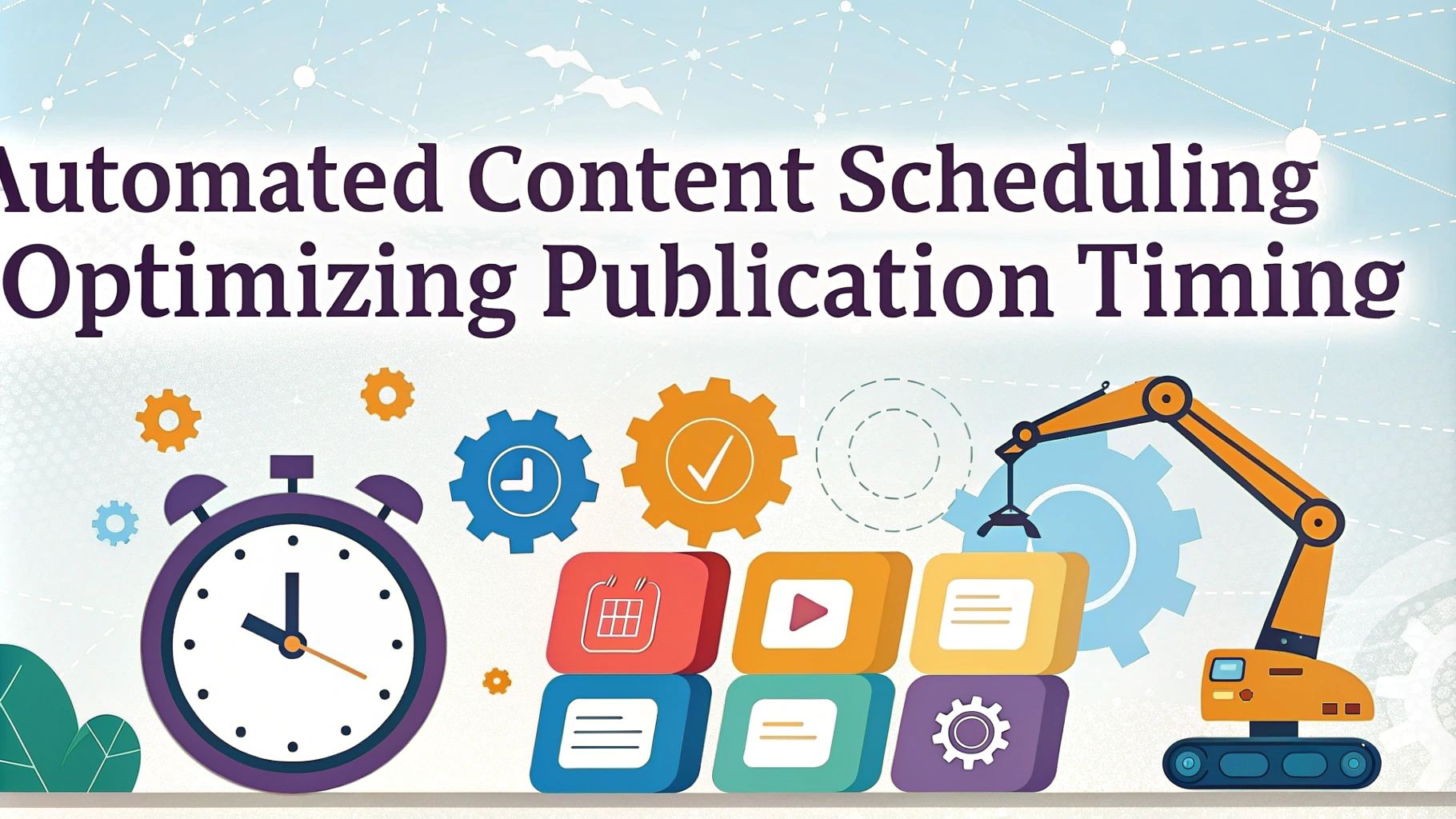Websites serving global audiences face unique challenges in content management. This article explores effective strategies for managing multilingual websites, focusing on content localization workflows, team collaboration, and productivity improvements.
Understanding Content Localization
Content localization involves adapting website content for different languages and cultures. It goes beyond mere translation, considering cultural nuances, idioms, and local preferences.
Key aspects of content localization include:
- Text translation
- Image and multimedia adaptation
- Currency and date format adjustments
- Legal compliance for different regions
Streamlining Content Workflows
Efficient content workflows are essential for managing multilingual websites. Implement these strategies to streamline your process:
- Centralize content management: Use a content management system (CMS) that supports multiple languages and versions.
- Implement version control: Track changes and maintain consistency across language versions.
- Automate where possible: Use translation memory tools and machine translation for initial drafts.
Content Workflow Example
| Stage | Action | Responsible Team |
|---|---|---|
| 1. Content Creation | Develop original content | Content Team |
| 2. Translation | Translate content to target languages | Translation Team |
| 3. Review | Check for accuracy and cultural appropriateness | Local Experts |
| 4. Publishing | Upload and format content for each language version | Web Team |
Enhancing Team Collaboration
Successful multilingual websites require smooth collaboration between diverse teams. Consider these tips to improve teamwork:
- Clear communication channels: Use project management tools to keep all team members updated.
- Defined roles and responsibilities: Ensure each team member understands their part in the localization process.
- Regular team meetings: Schedule check-ins to address issues and share progress.
Collaboration Tools for Multilingual Teams
Implement these tools to enhance collaboration:
- Jira: For task management and workflow tracking
- Slack: For real-time communication and file sharing
- Smartcat: For translation management and collaboration
Boosting Productivity in Localization Efforts
Improve your team’s productivity with these strategies:
- Create style guides: Develop comprehensive guides for each target language to ensure consistency.
- Build glossaries: Maintain a list of key terms and their approved translations.
- Use translation memory: Leverage previously translated content to speed up future translations.
Pro tip: Invest in training for your team on cultural sensitivity and localization best practices. This can significantly reduce errors and improve the quality of your multilingual content.
Optimizing Website Performance for Global Audiences
A fast-loading website is crucial for engaging international visitors. Implement these strategies to improve your multilingual site’s performance:
- Content Delivery Networks (CDNs): Use CDNs to serve content from servers closer to users’ locations
- Image optimization: Compress images and use responsive design techniques
- Minification: Reduce the size of HTML, CSS, and JavaScript files
- Caching: Implement browser and server-side caching to reduce load times for repeat visitors
Consider using tools like GTmetrix or Google PageSpeed Insights to analyze and improve your site’s performance across different regions.
Implementing Effective SEO Strategies for Multiple Languages
Search engine optimization (SEO) for multilingual websites requires a tailored approach. Follow these best practices:
- Use hreflang tags: Implement hreflang attributes to indicate language and regional targeting
- Localize URLs: Create language-specific URLs (e.g., example.com/fr/ for French content)
- Optimize meta tags: Translate and localize meta titles and descriptions for each language
- Build local backlinks: Develop a link-building strategy for each target market
Tools like SEMrush or Ahrefs can help you track your SEO performance across different languages and regions.
Ensuring Consistent User Experience Across Languages
Maintain a cohesive brand identity while catering to diverse audiences. Consider these aspects:
- Design flexibility: Create layouts that accommodate different text lengths and writing systems
- Color psychology: Be aware of color meanings in different cultures
- Navigation: Provide clear language selection options and intuitive site structure
- Localized multimedia: Adapt images, videos, and audio content for each target market
Conduct user testing with native speakers to ensure your localized designs resonate with each target audience.
Example: Language Selector Placement
| Position | Pros | Cons |
|---|---|---|
| Top right corner | Easy to find, standard location | May be overlooked on mobile devices |
| Footer | Doesn’t clutter main navigation | Less visible, requires scrolling |
| Pop-up on first visit | Immediate language selection | Can be intrusive for some users |
Measuring and Analyzing Multilingual Website Performance
Track the success of your multilingual website using these key performance indicators (KPIs):
- Traffic by language/region: Monitor visitor numbers for each localized version
- Conversion rates: Compare conversion performance across different languages
- Bounce rates: Identify potential issues with localized content or user experience
- Time on site: Assess engagement levels for each language version
Use analytics tools like Google Analytics to segment data by language and location. This information helps refine your localization strategy and improve overall website performance.
Conclusion
Managing multilingual websites requires a strategic approach to content localization, performance optimization, and user experience. By implementing effective workflows, collaborating across teams, and continuously measuring performance, you can create a successful global online presence.
Remember to stay adaptable and responsive to the unique needs of each target market. Regularly review and update your localization strategies to ensure your multilingual website remains competitive and engaging for diverse audiences worldwide.













